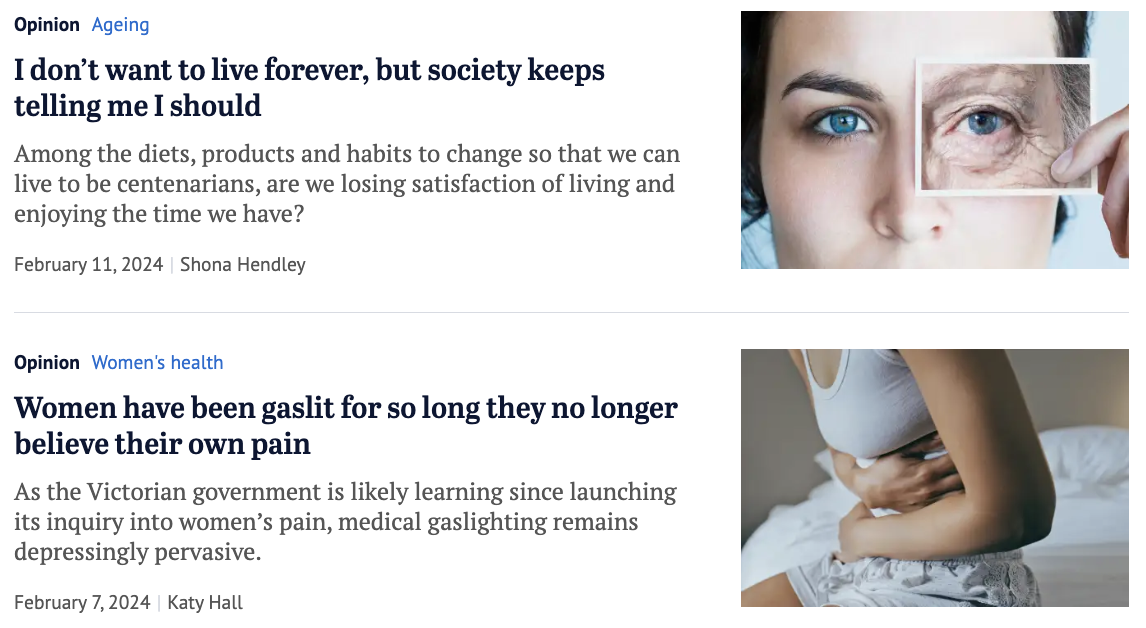What is a feature article?
A feature article is a non-fiction story that goes beyond the facts to weave a narrative and tell a compelling story.
Feature articles are NOT the same as news reports which report on hard facts. Feature articles take an in-depth look at a particular subject or current event and often reflect the strong opinion of its composer.
A TOP MARK feature article will keep the reader’s attention until the very end, delivering a fleshed-out narrative and creating a lasting impression that forces readers to reflect and re-evaluate.
1. Start with thorough Research and Planning
A good feature article needs to be convincing and in order to be convincing you need to know what you're talking about. It is always recommended that you pick a topic or issue that's either relevant to you or something you are interested in - your passion and expertise will show through your writing.
Evidence such as quotes, anecdotes and interviews are key to your feature article three-dimensional. It gives what you're saying truth and helps craft a more interesting and credible story.
It also helps solidify your stance on the topic. Remember feature articles are meant to be opinionated and persuasive. You need to be convincing the reader of something.
Note: Make sure you've gathered a wide variety of evidence from sources and in different forms.
2. Create a compelling headline
The hardest part about feature articles is being able to maintain a reader's attention. Captivating the reader starts with an eye-catching title!
You want to set up a question or statement that provokes a reaction from your audience. Here are a few tips to creating an eye-catching title;
- Keep it short and leave them wanting more! Don't feel the need to add too much away in your title. Having too many words in your title will make your article seem convoluted. Think about those clickbait titles you see online - which titles grab your attention?
- Use emotive language! You should be using emotive language everywhere in your feature article but in particular your title. Emotive language means using STRONG, POWERFUL and sometimes even slightly exaggerated words.
- Ask a question! The best way to provoke a reaction for your reader is to ask questions, even if the answer is obvious. This will get them thinking and engaging with your topic or issue.

3. Open with a hook
Once you've caught them in with your headline you need to keep them intrigued with a hook. Your feature article's introduction should provide more explanation to your headline and offer a brief summary about your feature article's point of view.
There are three key things you need to do in your introduction.
- Provide context to your chosen topic or issue.
- Assert your point of view.
- And most importantly, establish a relationship with your reader! This can be done by using second-person pronouns, asking rhetorical questions or a relatable anecdote.
4. Have a systematic structure
Don't be fooled, a feature article is not the place for your long whirl-winded tangent. Your argument needs to have STRUCTURE!
While it's not as strict as an essay you still want your paragraphs to flow from one another like dominos. You also still want to be using PEEL paragraphs: Point, Evidence, Explain, Link.
It's important that readers can easily follow along with what you are saying without trying too hard.
Come up with the sub-points you want to discuss first and order your ideas before you start writing. Each sub-point should ideally be its own paragraph.
Lastly, remember your conclusion. Personally, I think conclusions are the most important part of a feature article. They summarise your ideas and opinions. If markers did get lost in your argument along the way your conclusion is your last chance to get them back on track and clarify any confusion they might have had.
More than just summarising however your conclusion also needs to include a call to action - explicitly or implicitly telling your reader to do something.
Make sure you end your article with a compelling sentence just as or if not more persuasive than your initial hook.

Here's a good checklist to determine whether your piece of writing makes for a good feature article.
- Does it explore a topic or event of current importance?
- Does it have a catchy title and hook?
- Does it still follow narrative conventions? (i.e. Is there a plot, complication and conclusion?)
- Does it have a strong opinion backed by facts and evidence?
If you've ticked off all four of these dot points you're well on your way to top marks!
Frequently Asked Questions (FAQ Section)
Where can I find examples of feature articles?
The best places to find examples of high-quality feature articles are from journalism sites such as the Sydney Morning Herald, The Guardian or The New York Time Magazine. Who better to be inspired by than the professionals? Be sure to check out how they word their titles and introductory hooks but also how they systematically structure their body paragraphs.
What is the difference between feature articles and news stories?
A news article reports the facts and follows the 5 part convention of who, what, where, when, why, and how. It is written in a concise and formal reporting style generally in the third person. A feature article is a non-fiction human-interest story. They present information and research in a narrational (normally first or second-person) manner to inform readers about a particular issue or topic.
How do you structure a feature article?
A feature article has four main parts; a headline, an introduction, the main body and a concluding paragraph. The main body should be broken up into sub-points that support the main idea of the text. While the rules on structure are not as strict as on an essay, your information should still be logically presented with the loose use of PEEL (Point, Evidence, Explain, Link).


Written by KIS Academics Tutor, Peli Nghiemxuan. Peli is currently pursuing a Bachelor of Engineering at UNSW and has received stellar reviews from her past KIS Academics students. You can view Peli's profile here and request her as a tutor.
Want more personalized tips to drastically improve your Maths mark? A private tutor can make the biggest difference!








